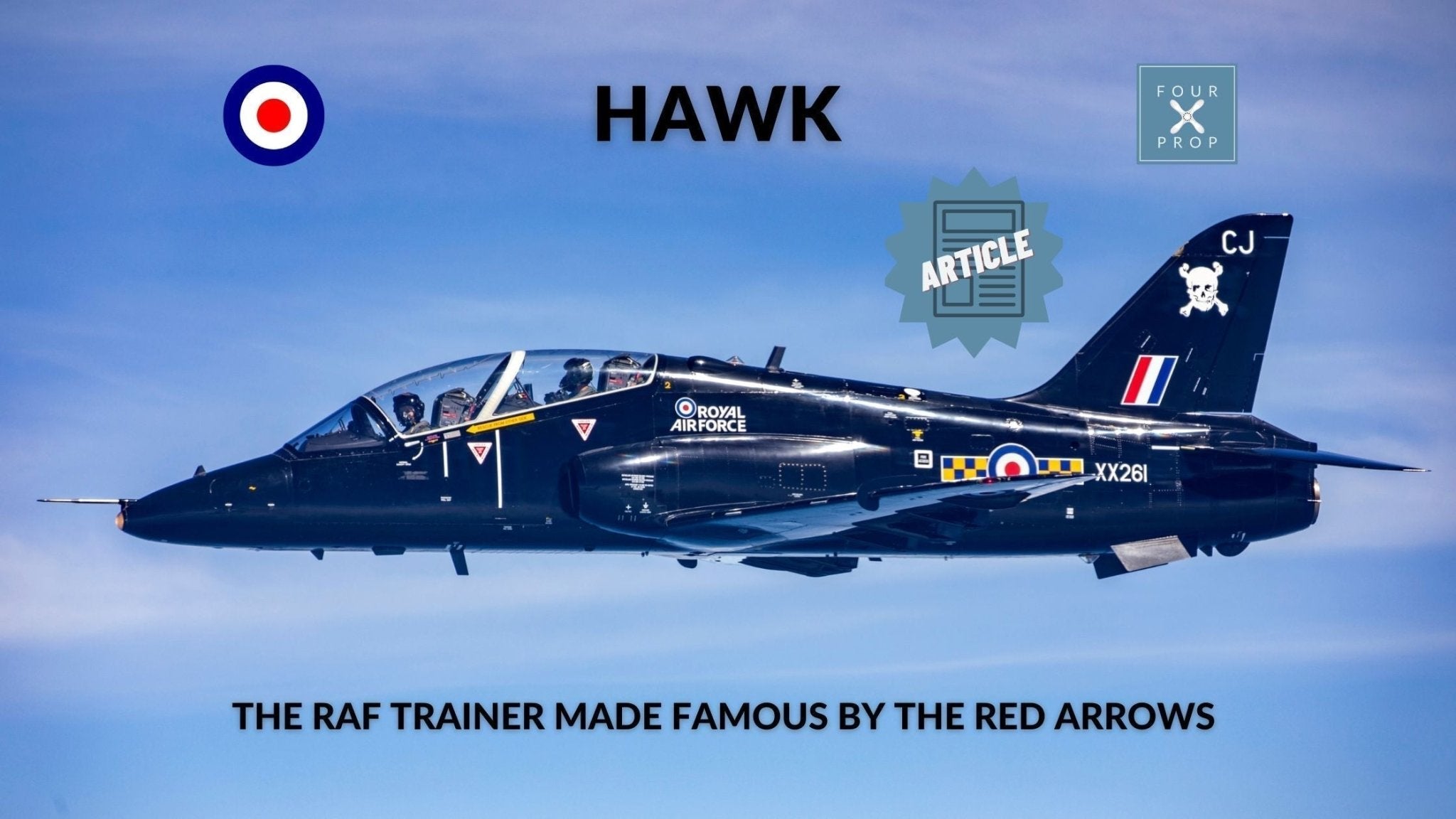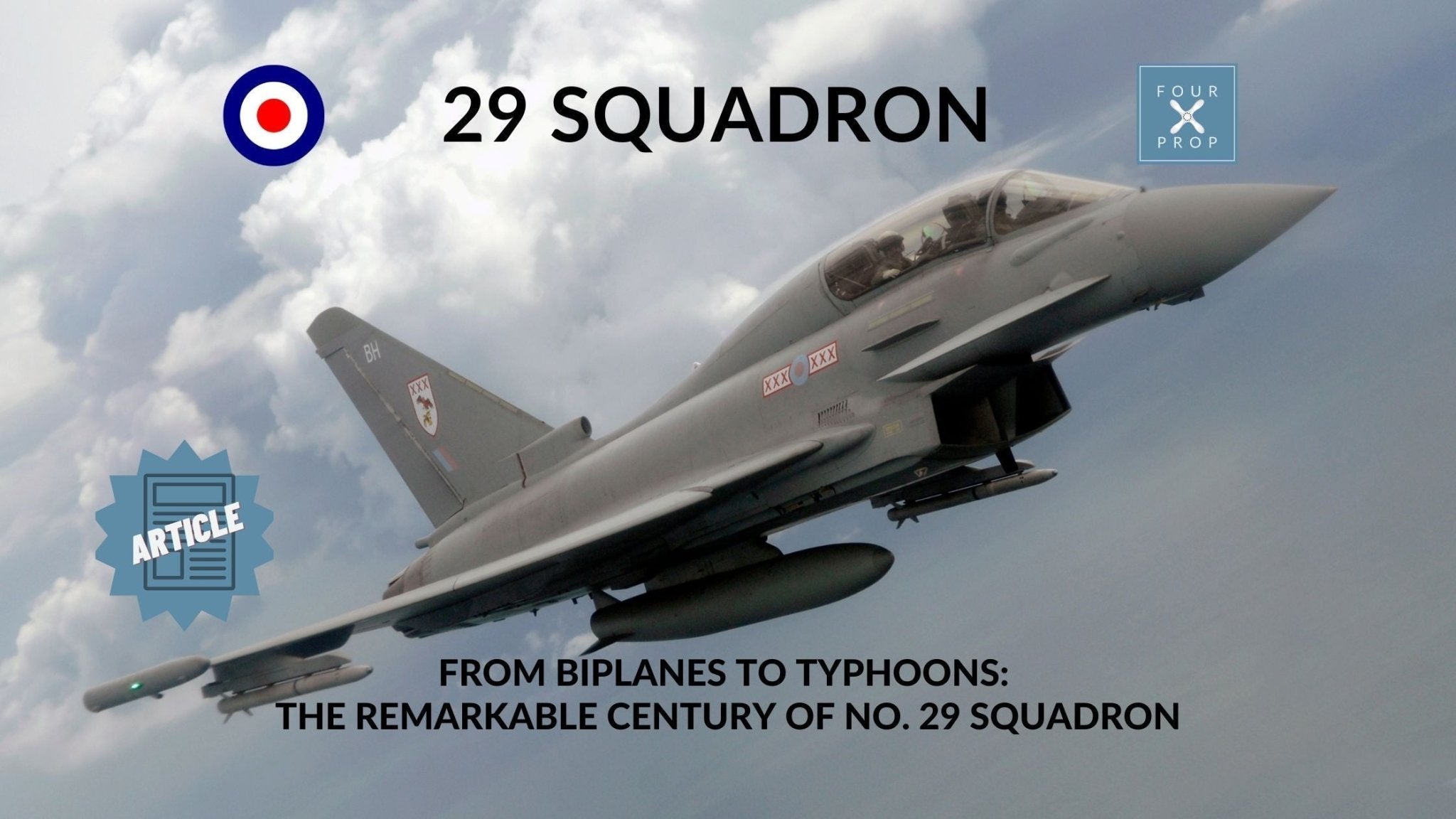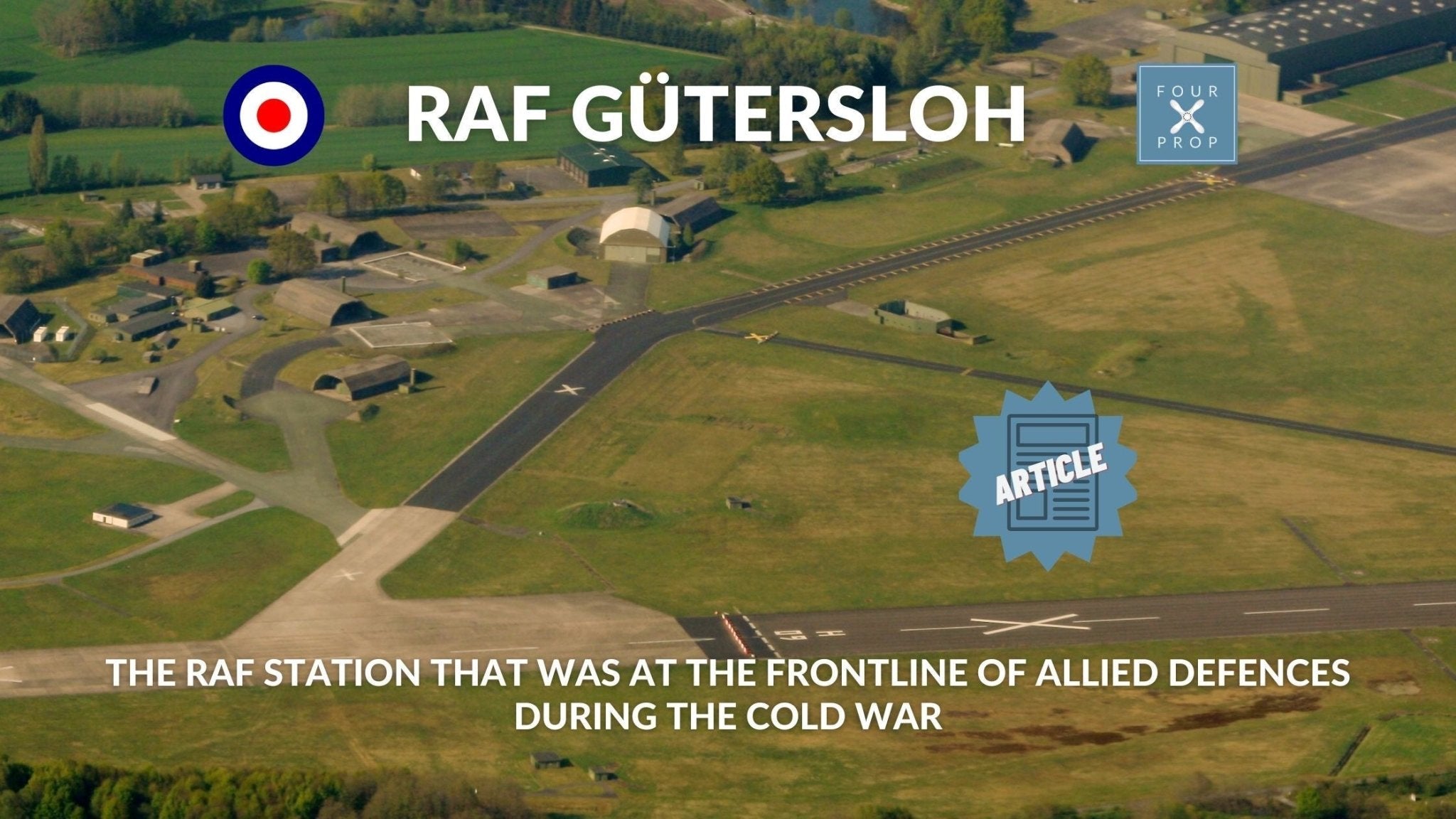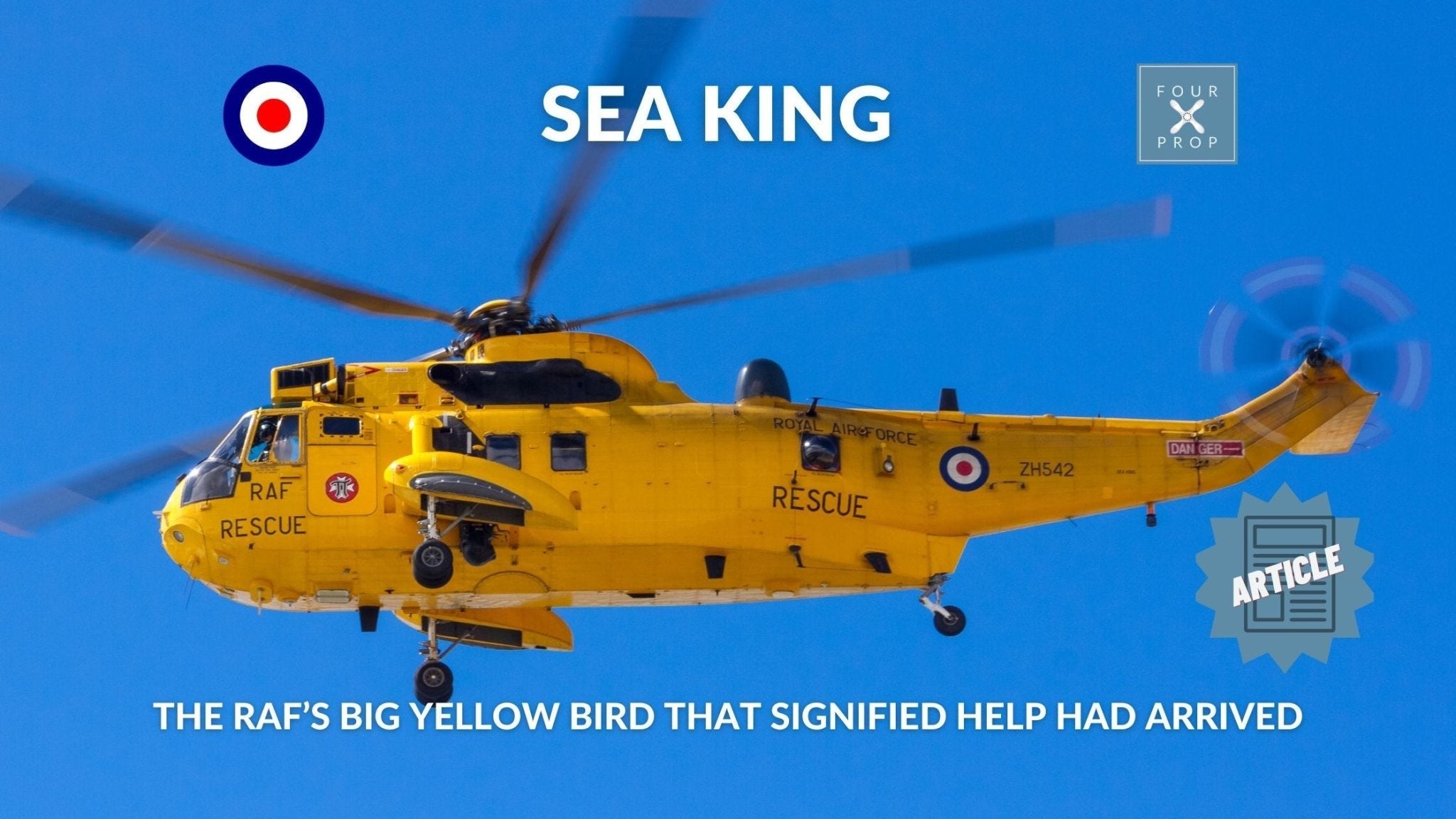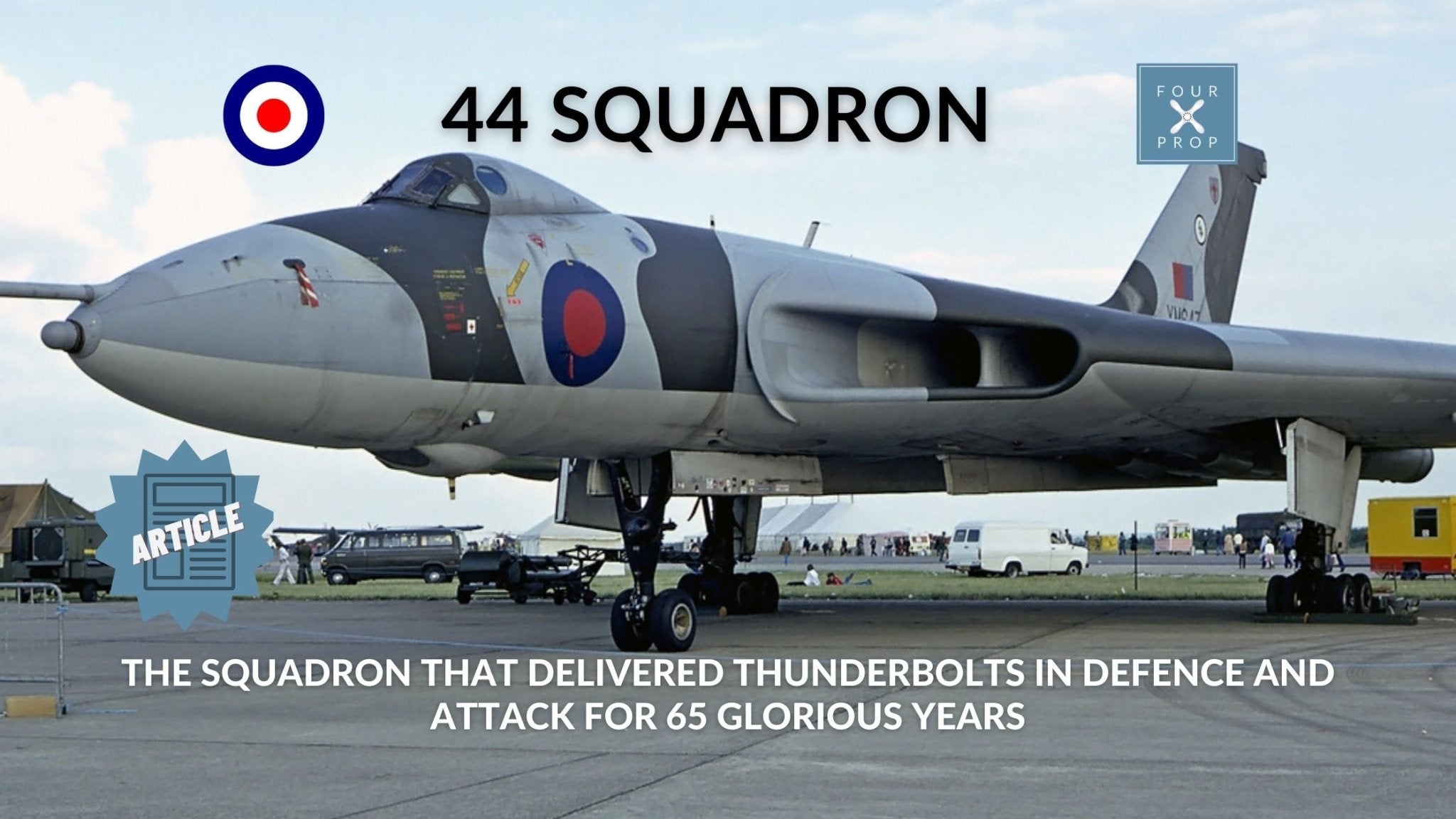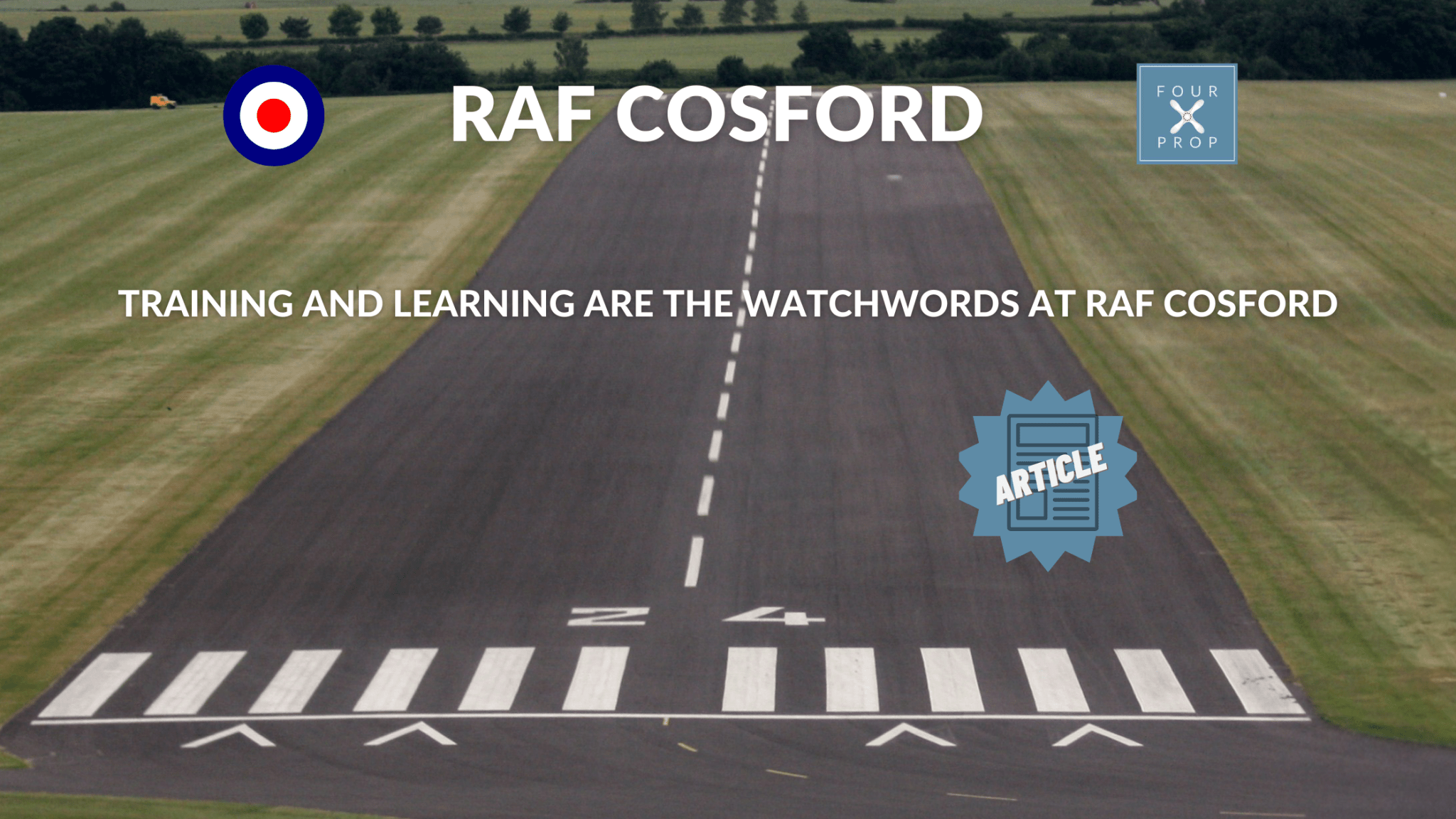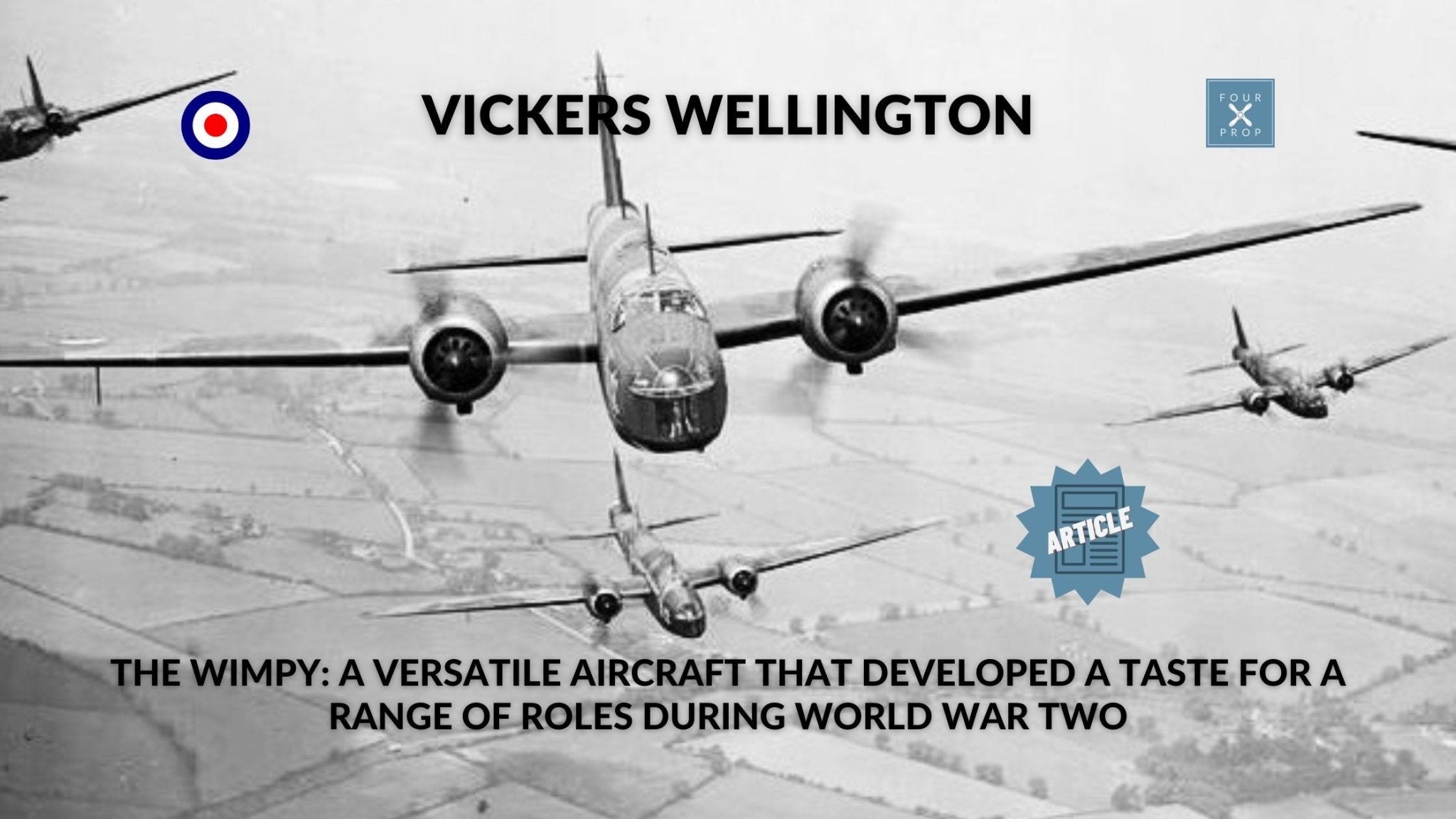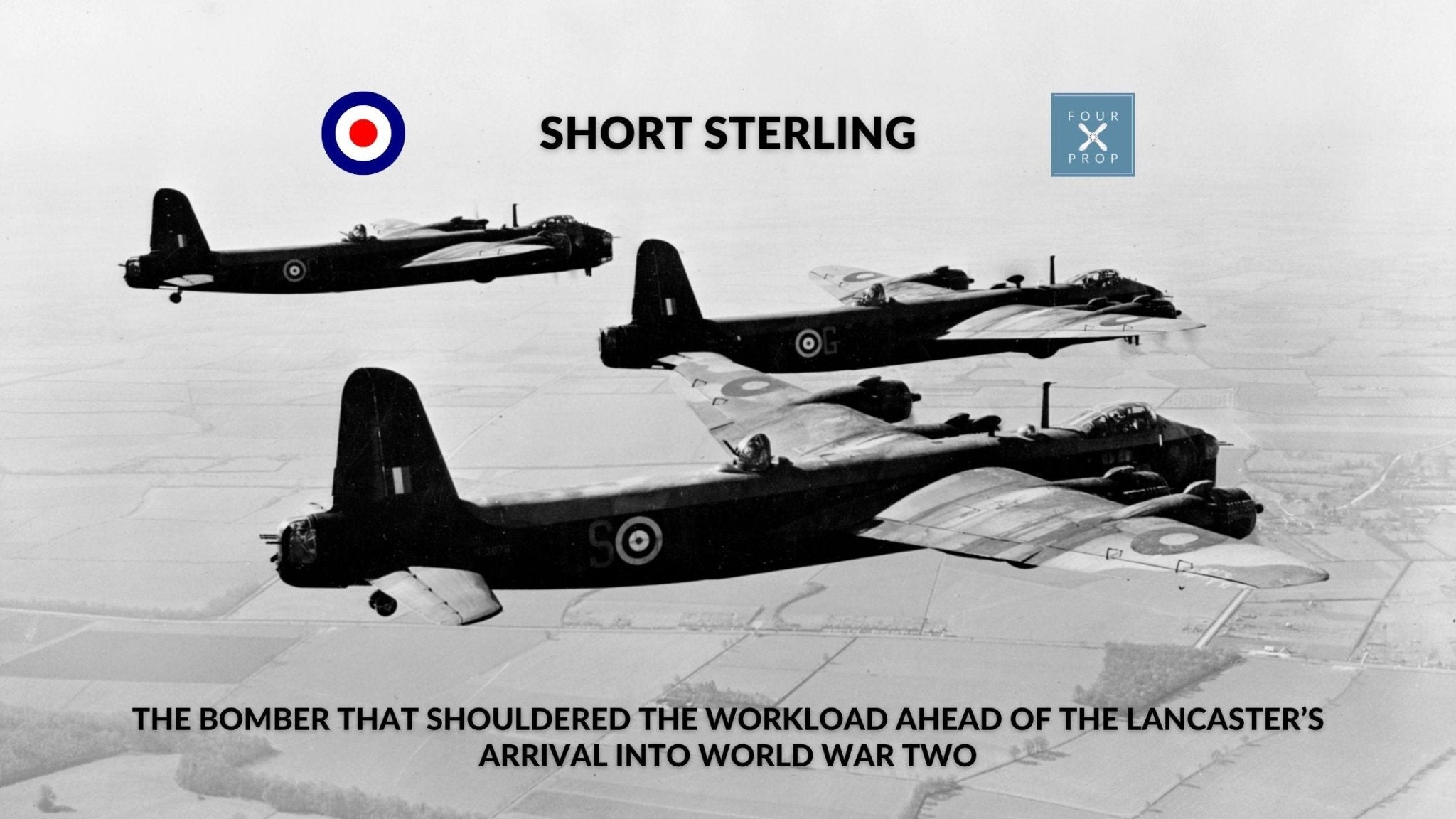II Squadron was formed on 13 May 1912 as one of the first three squadrons of the Royal Flying Corps. Bar a few days it has remained an active squadron right up the present day. Nicknamed as Shiny Two it has operated 40 different aircraft types.

Royal Flying Corps Years’
Starting in 1912 the squadron operated four different biplane aircraft. These were the Bristol Boxkite, Breguet G.3, Maurice Farman MF.7 Longhorn and the Royal Aircraft Factory B.E.1, B.E.2 and the B.E.2a.

(Royal Aircraft Factory B.E.2 of II Squadron at Montrose, Scotland, 1913)
Then in 1914 they operated the Maurice Farman MF11 Shorthorn an improved aircraft from the Longhorn and as well as the Royal Aircraft Factory B.E.2c. Also operated in 1914 was the reconnaissance aircraft from the Royal Aircraft Factory the R.E.1 and the R.E.5
In 1915 the first true fighter aircraft was operated the Vickers FB.5. This was the first built for air to air combat to see service and therefore become the first operational fighter aircraft. The Vickers was joined in 1915 by the Bristol Scout which was a reconnaissance aircraft. Along with later versions of the Royal Aircraft Factory B.E.2b, d and e the last Royal Flying Corps aircraft was the Armstrong Whitworth F.K.8 a general purpose biplane in 1917.
RAF Early Years’
In 1920 II Squadron operated the Bristol F.2B Fighter a biplane which was also a reconnaissance aircraft. The squadron used this aircraft throughout the remainder of the First World War and afterwards. Then in 1929 II Squadron started to operate the Armstrong Whitworth Atlas which was the first aircraft to be purposely designed as an army co-operation aircraft. Flying army co-operation sorties as part of the partition of Ireland led to the squadron gaining the AC(Army Co-operation) title which it continues to use to this day. From 1933 the squadron operated the Hawker Audax and army co-operation biplane before receiving the replacement the Hawker Hector in 1937. These were the last biplanes as the squadron would operate the Westland Lysander from 1938.

(A Westland Lysander Mk.III of II(AC) Squadron during the Second World War)
Second World War
II(AC) Squadron received Mk2 and Mk3 of the Westland Lysander in 1940 and for most of the Second World War operated American fighter aircraft. First they operated the Curtiss Tomahawk Mk1 and Mk2 in 1941 before receiving the North American Mustang Mk1 in 1942. The Mk1A and Mk2 followed in 1944 before the the squadron received the Vickers-Supermarine Spitfire XIV and in 1945 the XI. After the Second World War the squadron were equipped with the Vickers-Supermarine Spitfire PR.19 in 1946.

(II(AC) Squadron North American Mustang I in 1942)
The Jet Age
Then in 1950 the squadron moved to jet powered aircraft with the Gloster Meteor FR.9 with this replaced by the Gloster Meteor PR.10 in 1951. The squadron then moved to the Supermarine Swift FR.5 in 1956 and then to the Hawker Hunter FR10 in 1960 to 1971.

(Supermarine Swift FR.5s of II(AC) Squadron in 1956)
The McDonnell Douglas Phantom FGR.2 was operated from 1970 until 1976 and this was followed by the SEPECAT Jaguar GR1 until 1988.

(II(AC) Squadron SEPECAT Jaguar GR1s at RAF Wildenrath in Germany in 1978)
From 1988 until 2001 the squadron operated the Tornado GR1A with this replaced by the upgraded GR4A from 2001 until 2015.

(Tornado GR1A of II(AC) squadron, based at RAF Laarbruch)
The present aircraft that the squadron has operated since 2015 is the Eurofighter Typhoon FGR4.

(II(AC) Squadron Eurofighter Typhoon)
II(AC) Squadron due to being an active squadron for virtually every day that the Royal Flying Corps and the RAF have been operating has operated a long list of aircraft in a variety of different roles.



